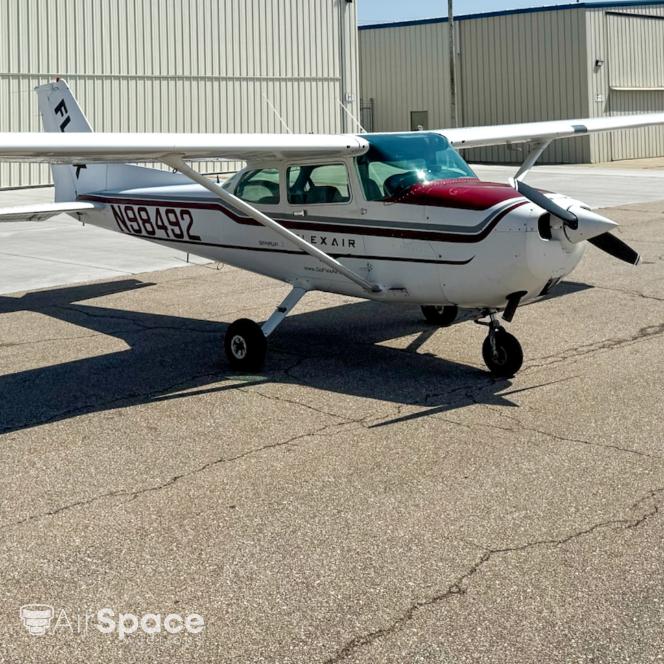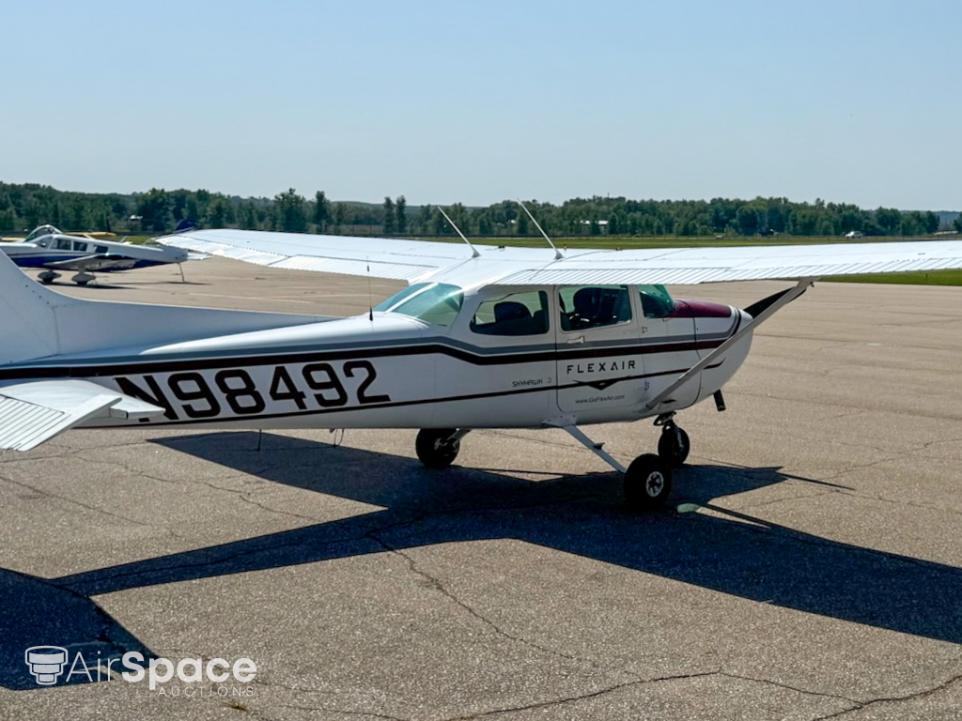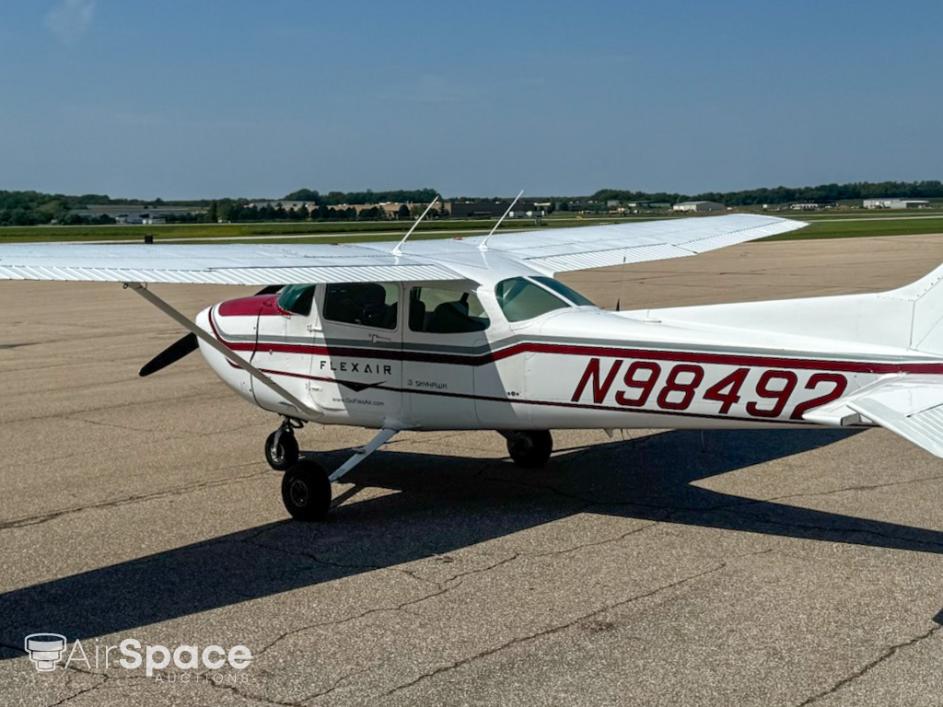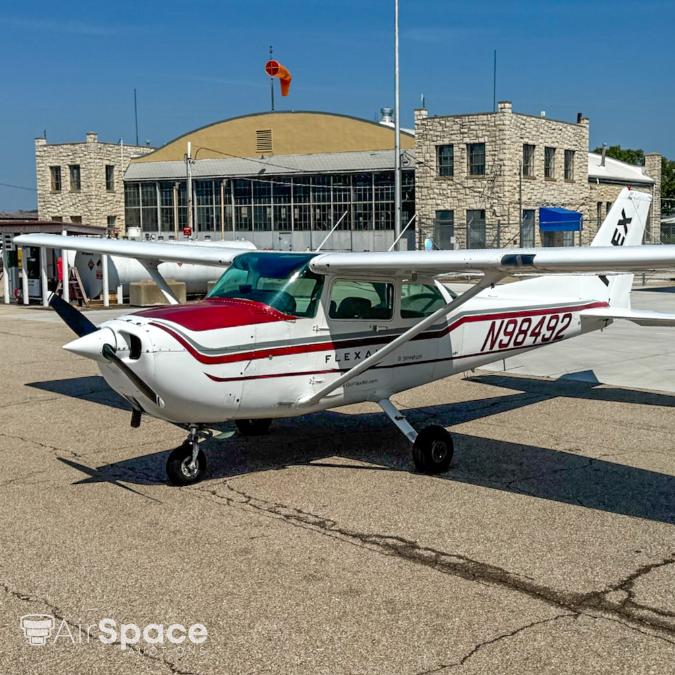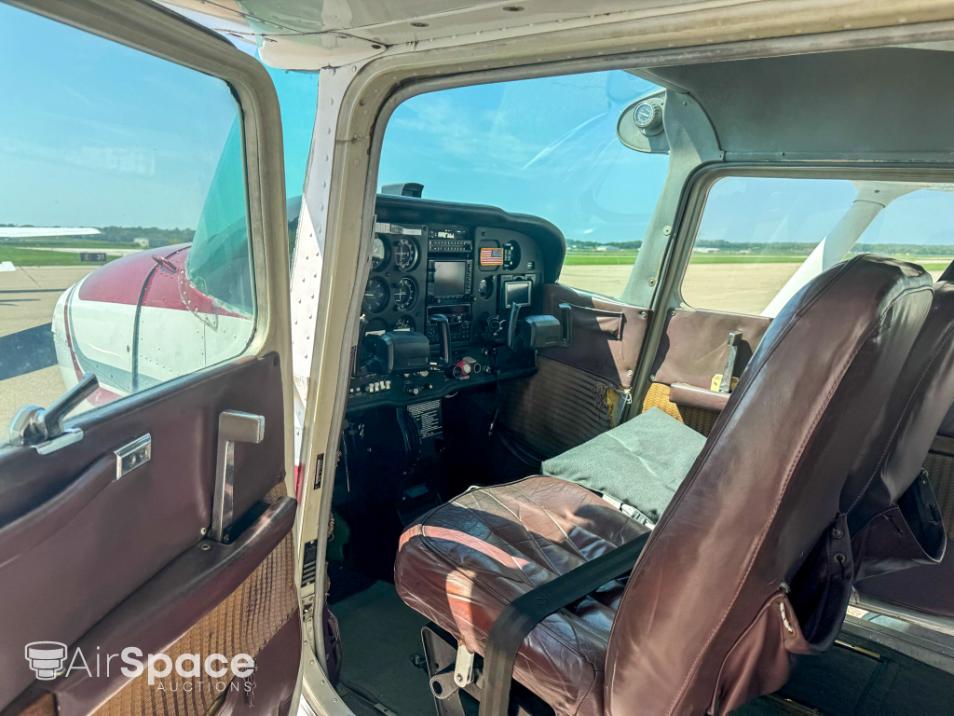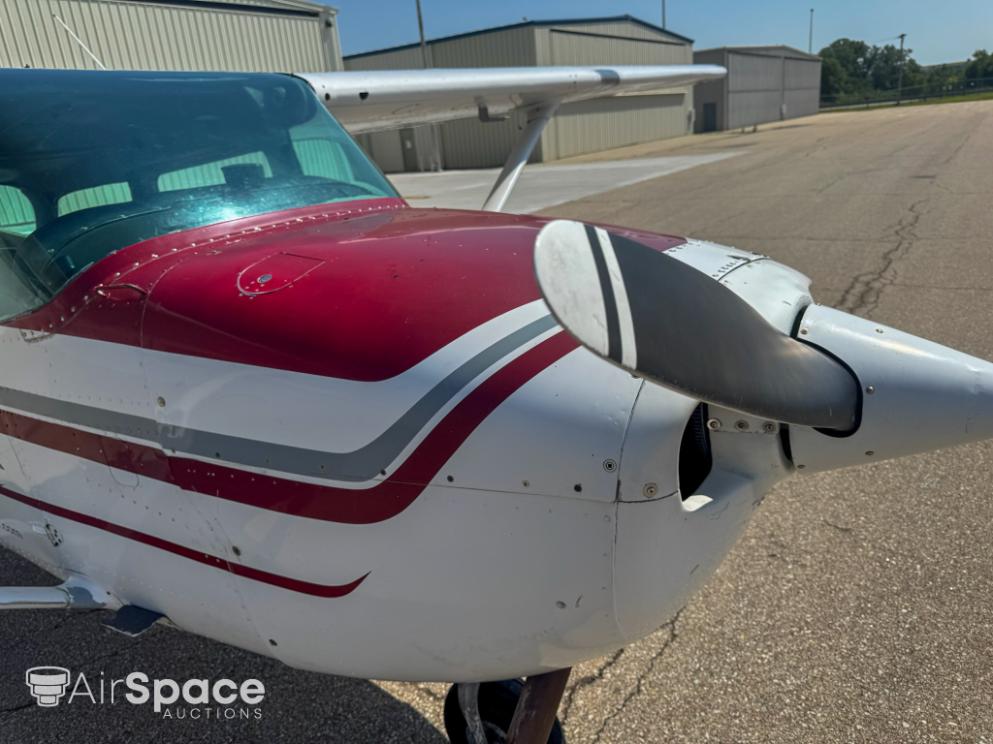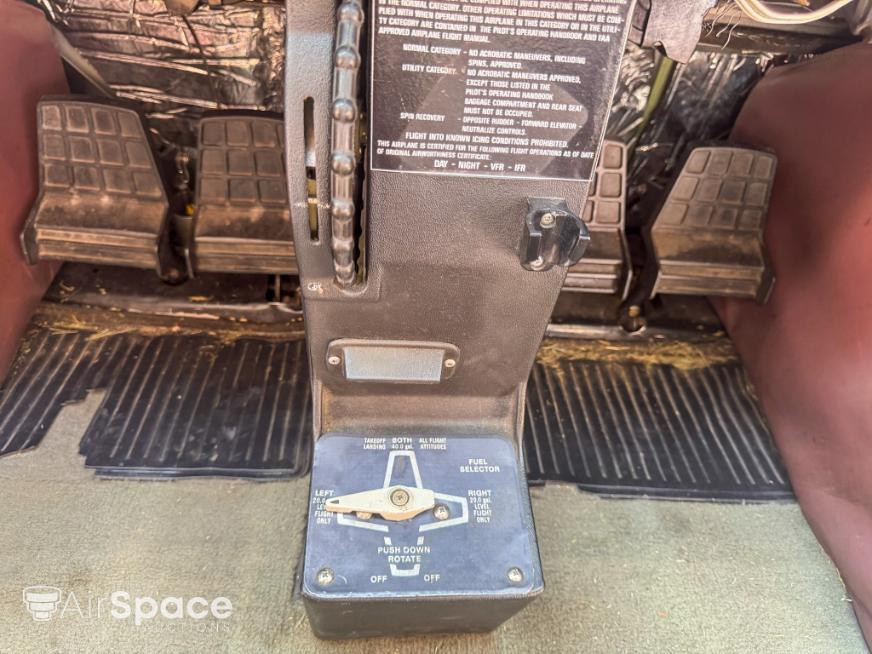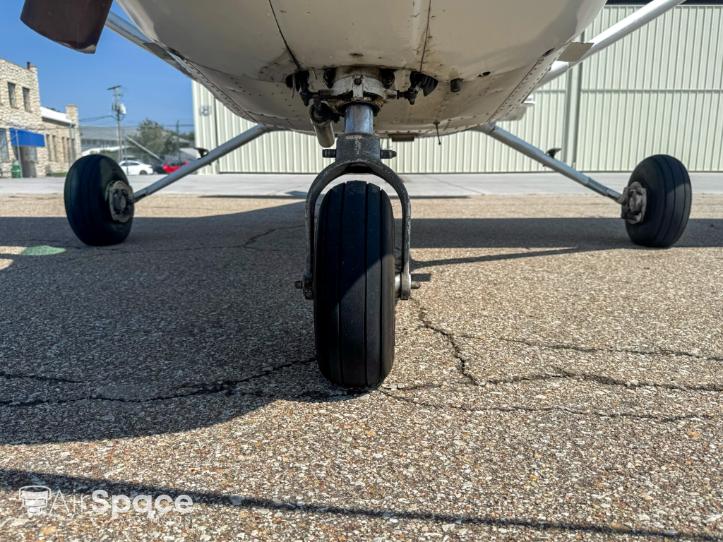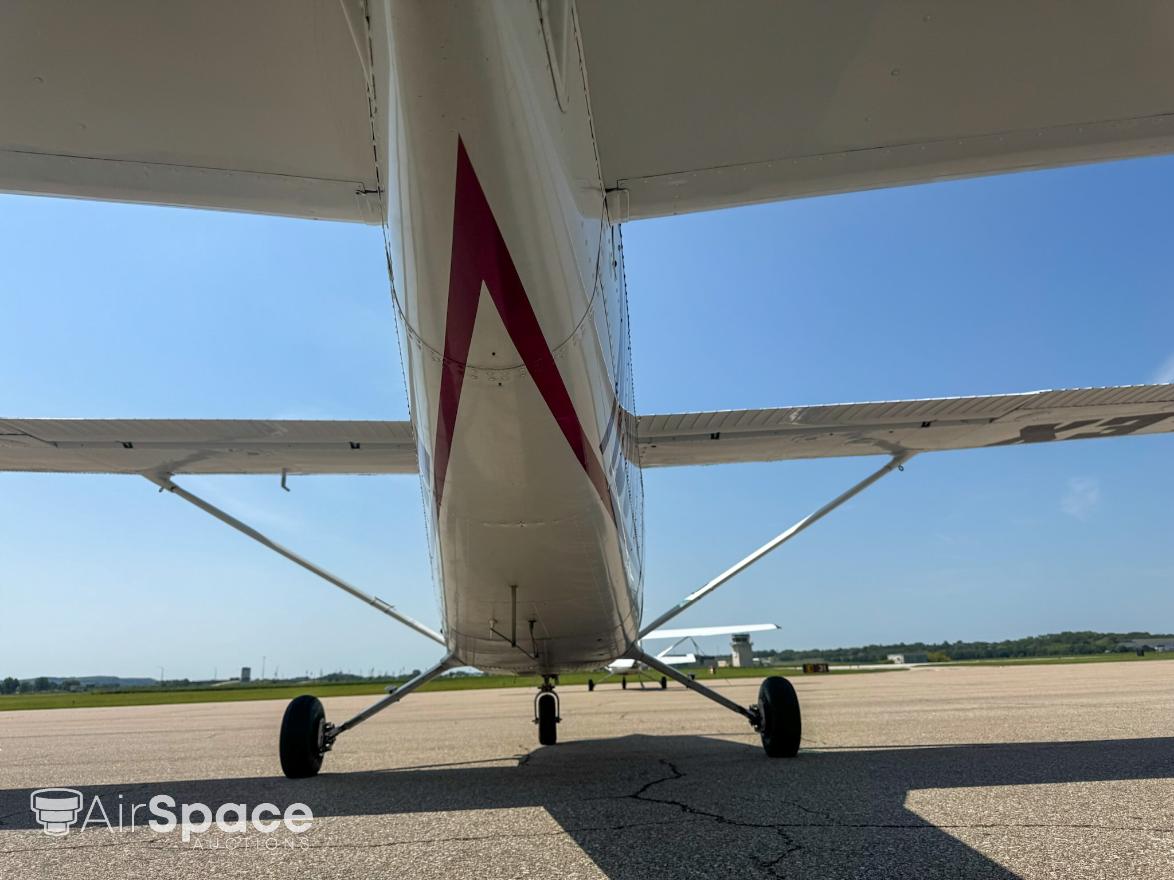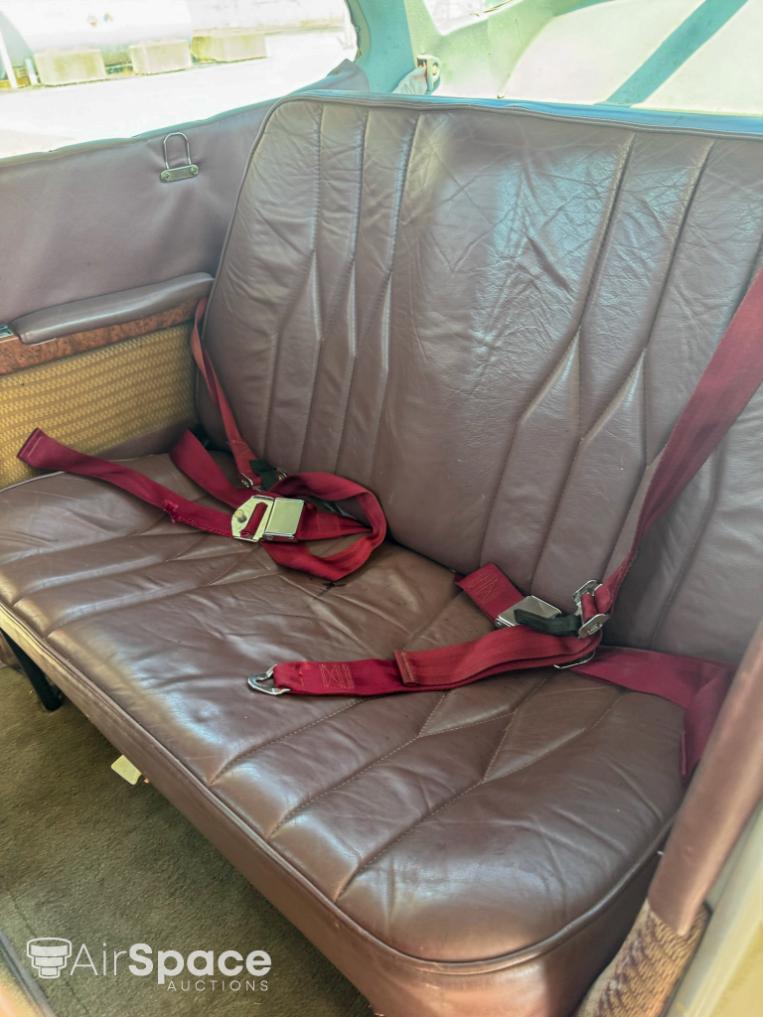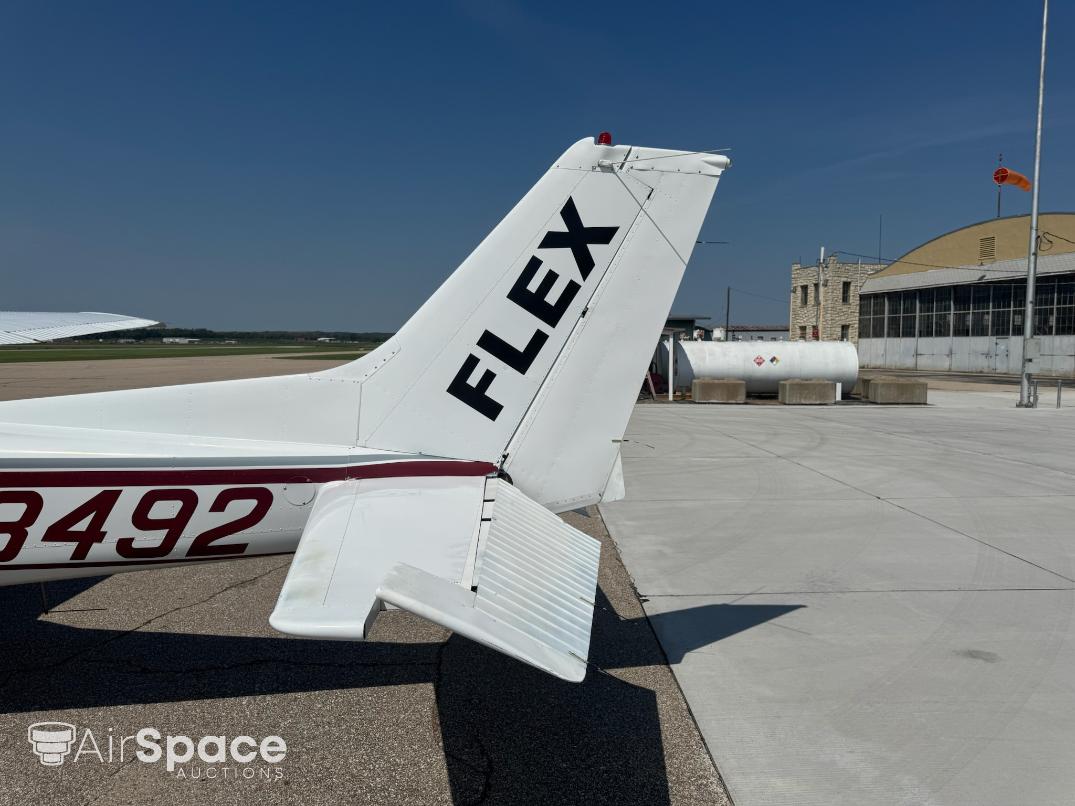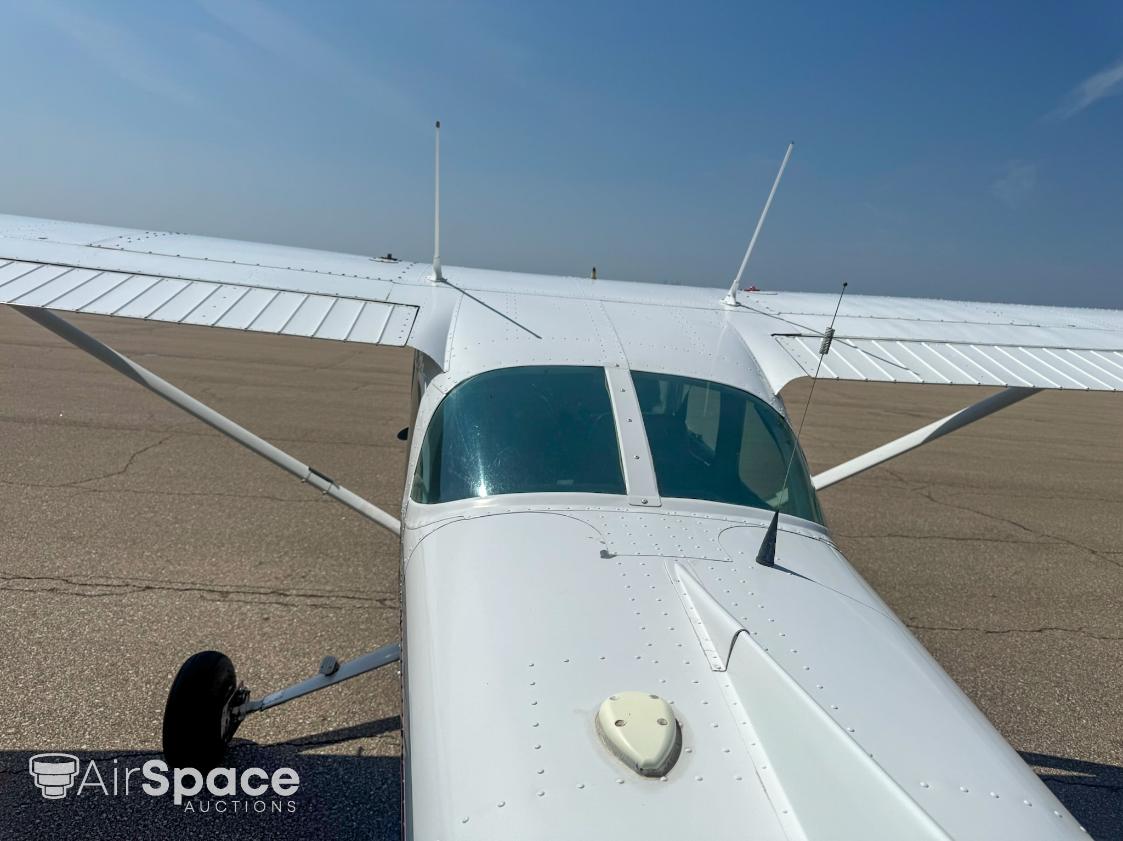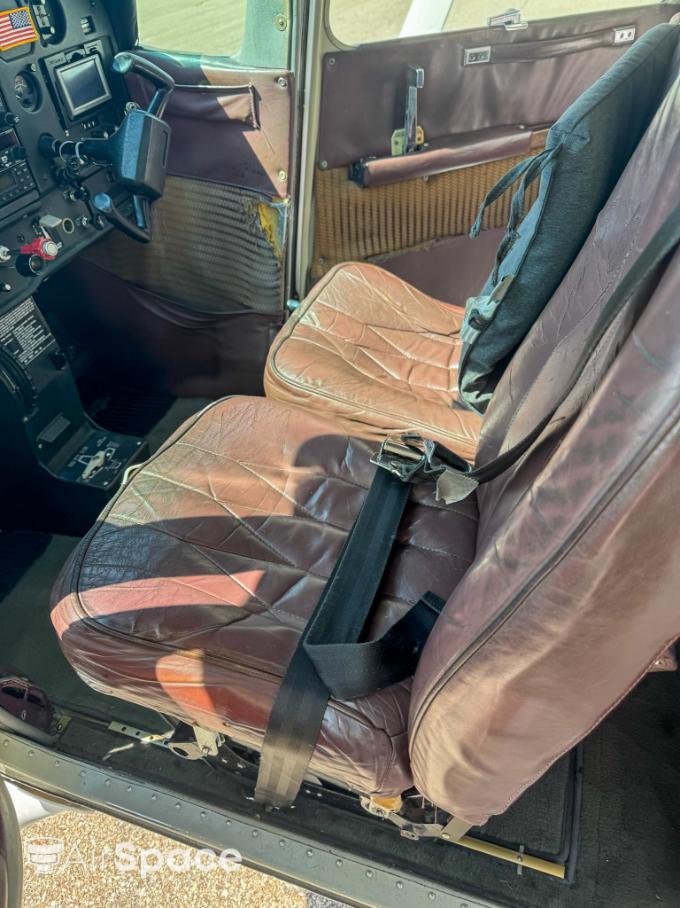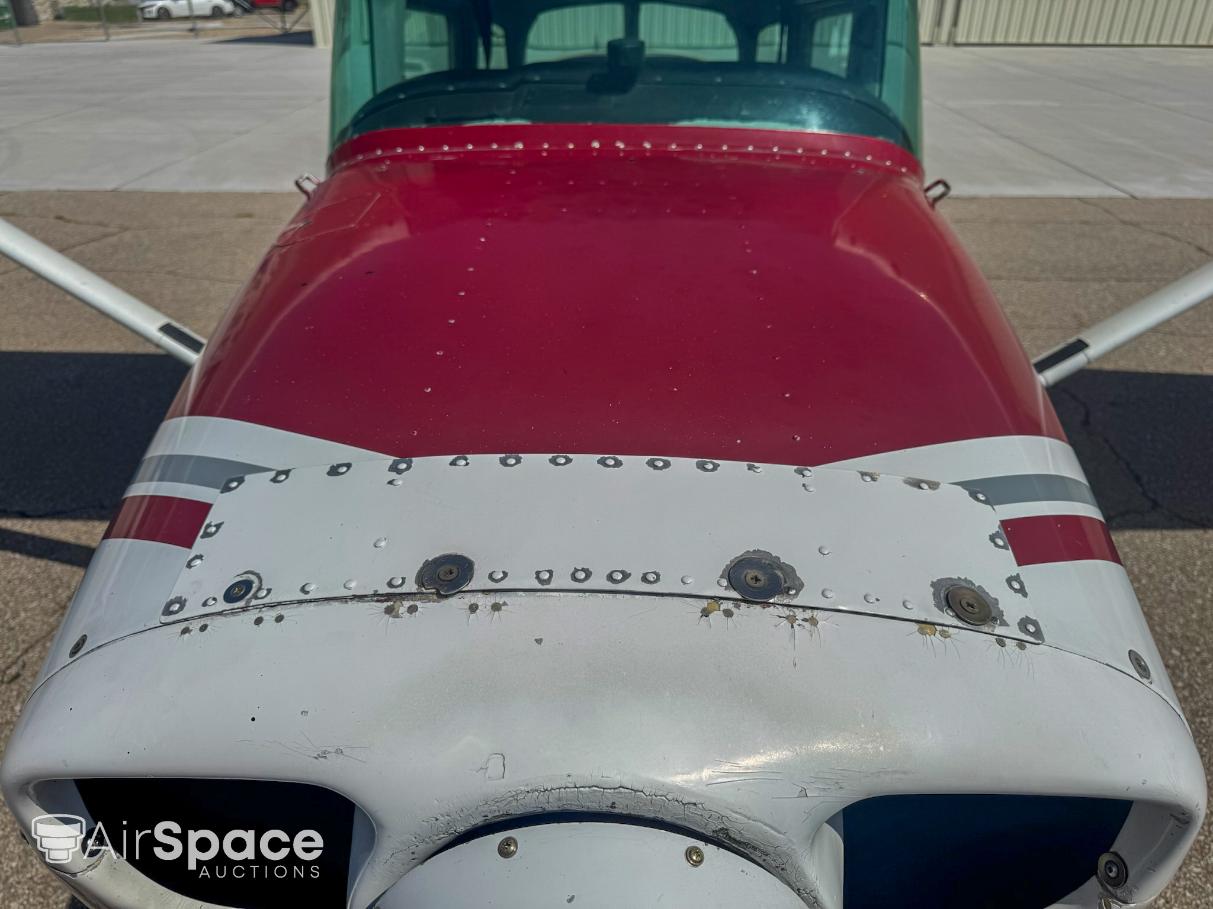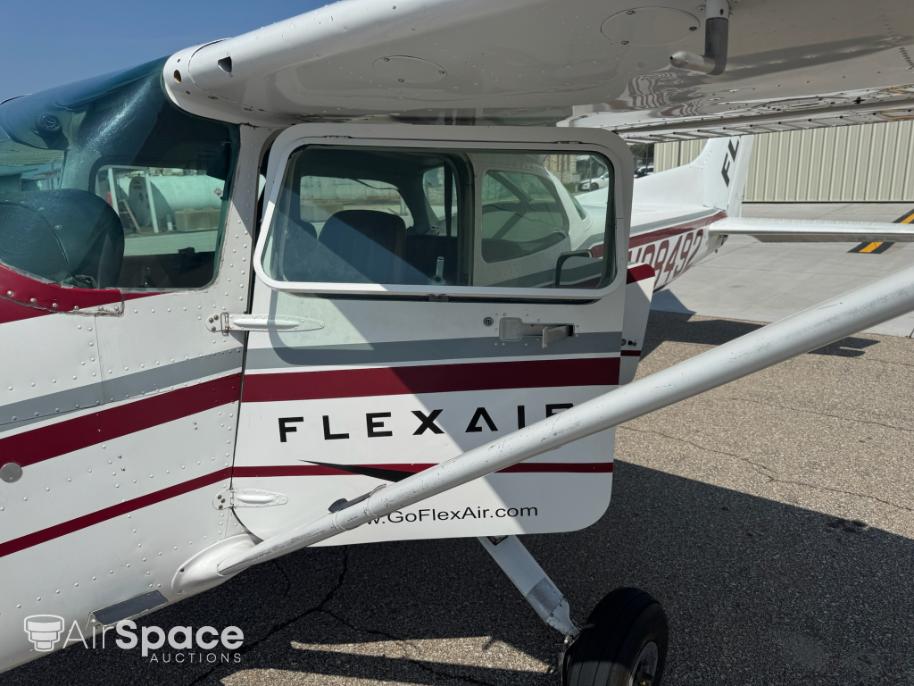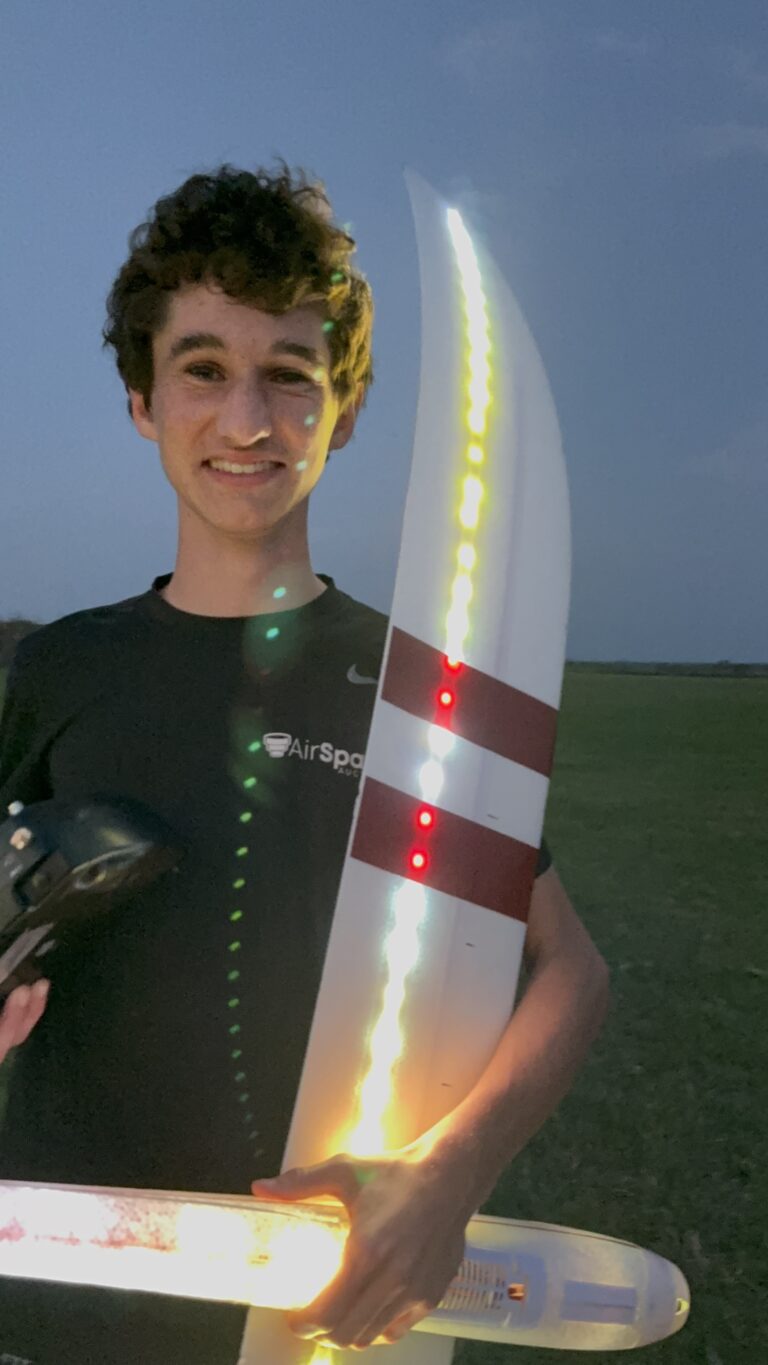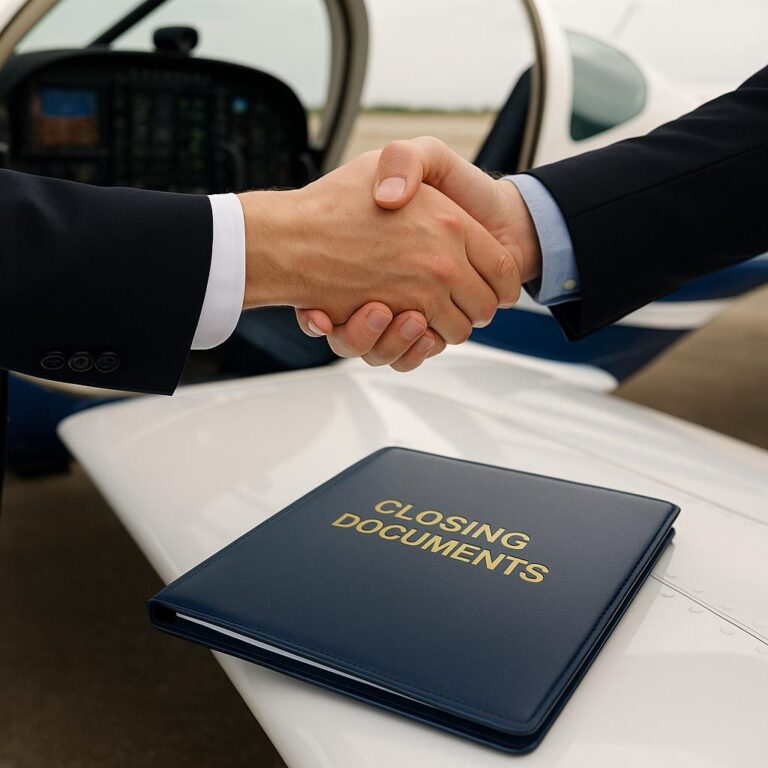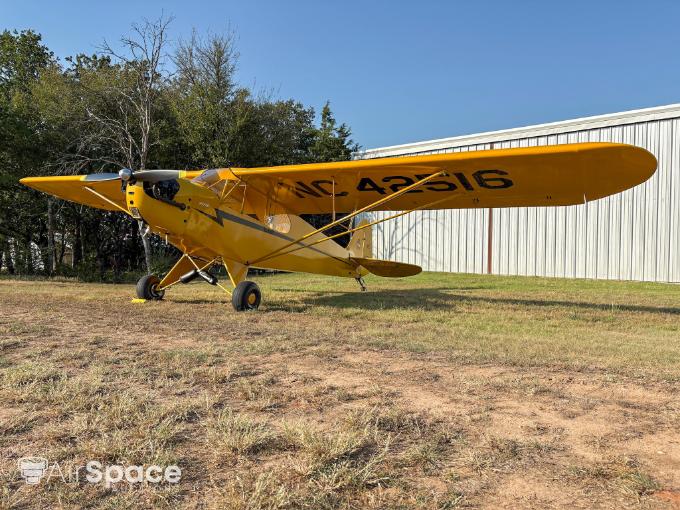1985 Cessna 172P N98492 – A Trusted Workhorse with a New Digital Tachometer
The Cessna 172 is widely regarded as the most successful general aviation aircraft ever produced. Since its introduction in 1956, the 172 has trained more pilots, logged more hours, and earned more trust than nearly any other light aircraft in history. The 1985 Cessna 172P, registration N98492, represents this heritage with a proven track record, equipped with modern upgrades like a new digital tachometer and advanced avionics. This aircraft combines decades of reliability with the kind of enhancements that make it both practical and safe for today’s aviator.
This article provides a detailed look at the 1985 Cessna 172P, including its history, uses, Cessna Aircraft Company’s background, and a thorough breakdown of its specifications. The aircraft is heading to auction from October 15–22, 2025, making it an excellent opportunity for those seeking a durable time-builder, a capable trainer, or a dependable personal aircraft.
Cessna Aircraft Company – A Legacy of Reliability
Founded in 1927 by Clyde Cessna, the Cessna Aircraft Company became synonymous with general aviation. Its focus on light aircraft for both training and personal use has defined the flying experience for generations. From the early days of the Cessna Airmaster to the legendary 120, 140, and eventually the 150/152 series, Cessna earned its reputation by designing aircraft that were rugged, simple to operate, and easy to maintain.
The introduction of the Cessna 172 Skyhawk in 1956 was a turning point. Building on the popularity of the 170, the 172 introduced a tricycle landing gear configuration that made it more accessible for students and safer for general aviation use. With over 44,000 units built, the 172 remains the best-selling aircraft in history.
By the 1980s, the Skyhawk had evolved into the 172P model, which featured upgraded avionics, more efficient engines, and enhanced flight performance. Known for its forgiving flight characteristics and predictable handling, the 172P is often described as “the world’s trainer,” but its versatility extends far beyond the flight school ramp.
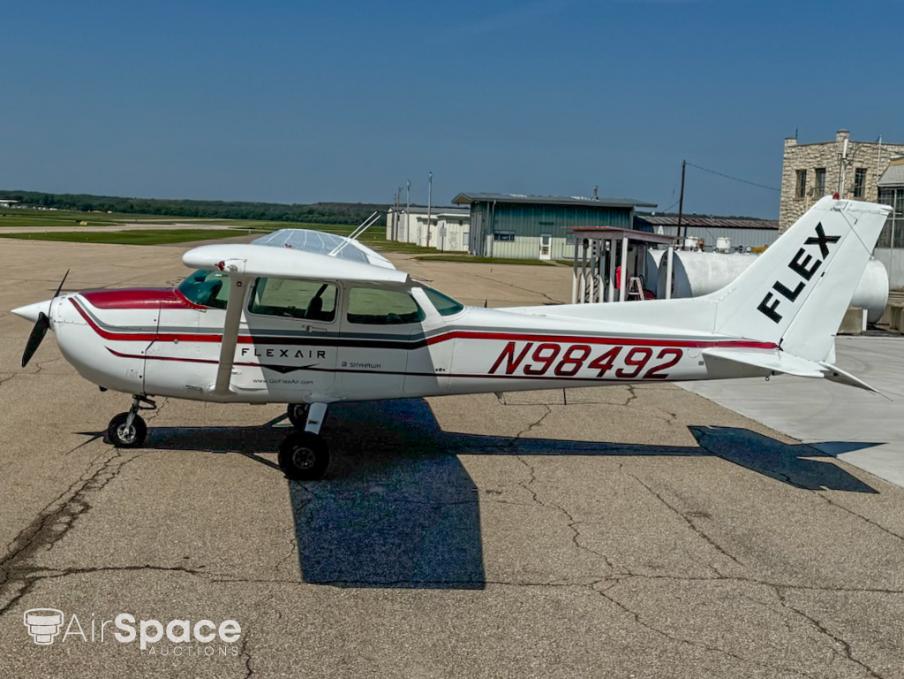
The Role and Uses of the Cessna 172P
The 1985 Cessna 172P fits into a long tradition of multipurpose aircraft. Its most common roles include:
- Flight Training: Perhaps the most common use of the 172P, this model’s stability, stall characteristics, and forgiving nature make it ideal for primary instruction. The addition of IFR capabilities means it is also useful for instrument training.
- Personal Transportation: With a useful load of 957 pounds and seating for four, the 172P is practical for personal travel, especially with its 440 nautical mile range.
- Aerial Work: From aerial photography to pipeline inspection, the 172’s efficiency and low operating costs make it useful for utility flying.
- Recreational Flying: The 172P has always been a favorite among weekend pilots due to its reliability, comfort, and affordability.
This versatility explains why aircraft like N98492 remain in demand decades after leaving the factory.
Highlight: The New Digital Tachometer
Among the modern upgrades in this 1985 Cessna 172P, the new digital tachometer stands out. Traditionally, analog tachometers provided engine RPM information, but they often lacked precision and could wear out over time. A digital tachometer offers:
- Improved Accuracy: Provides more precise RPM readings, helping pilots manage engine performance more efficiently.
- Enhanced Reliability: Digital systems are less prone to mechanical wear, reducing the chance of instrument error.
- Better Situational Awareness: Pilots can quickly interpret clear, digital readouts in both day and night flying conditions.
- Maintenance Tracking: Many digital tachometers integrate hour logging and alert systems, making it easier to track engine time.
This upgrade makes N98492 not just a well-maintained example of the 172P, but also a safer, more reliable aircraft for modern pilots.
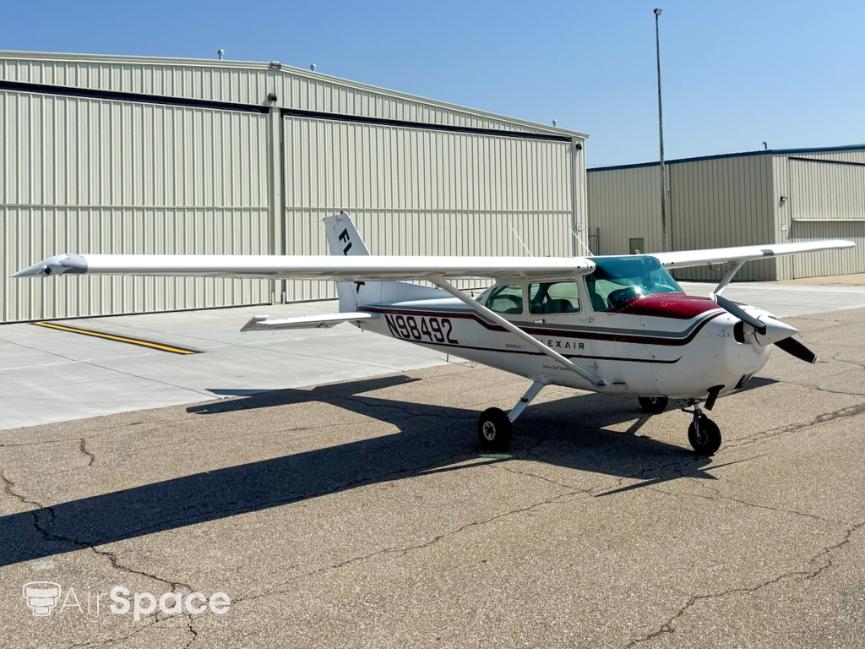
Aircraft Details – 1985 Cessna 172P N98492
Airframe
This 1985 Cessna 172P, serial number 17276300, registration N98492, carries 21,516 total hours. It has been maintained consistently, with its most recent annual inspection completed on May 29, 2025. The airframe is rated for both Normal and Utility categories, offering flexibility in training and recreational use.
- Fuel Capacity: 43 gallons (40 gallons usable)
- Stall Speed: 46 KIAS
- Cruise Speed: 120 KIAS
- Range: 440 nm
- Useful Load: 957.1 lbs
The aircraft’s endurance and payload make it practical for both training missions and personal travel.
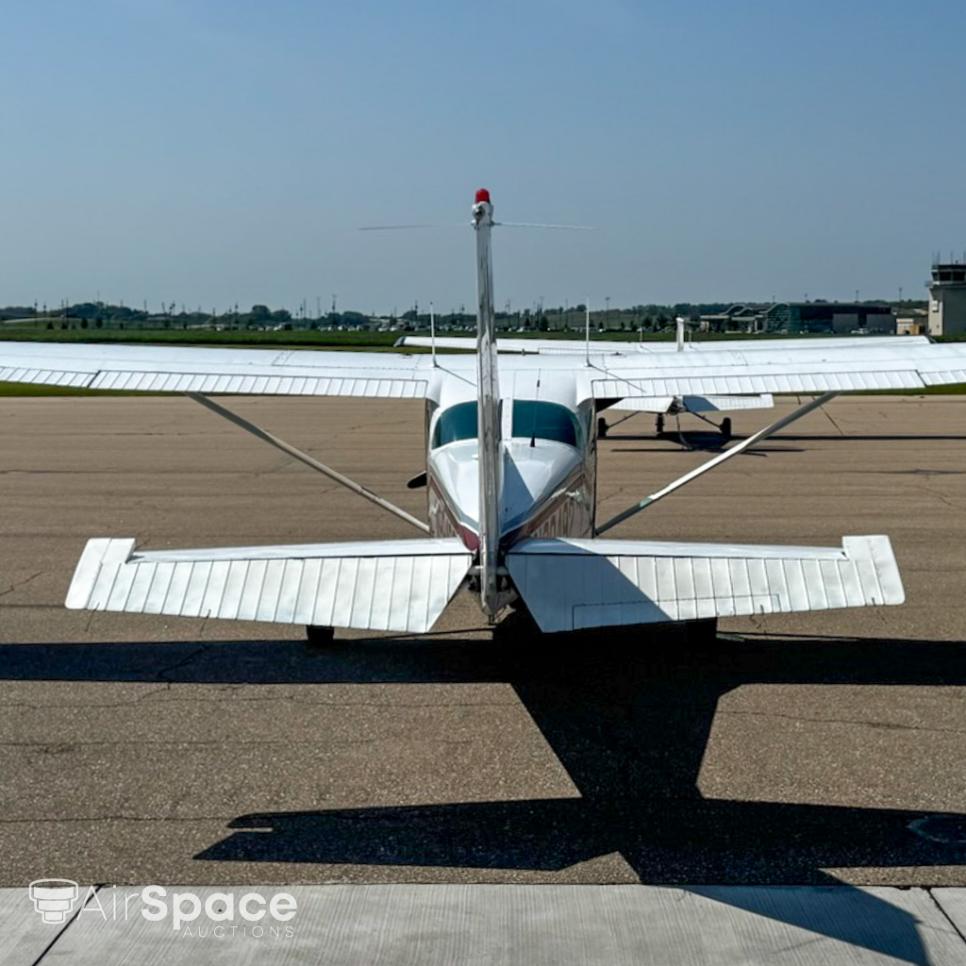
Engine
The aircraft is powered by a Lycoming O-320-D2J four-cylinder, air-cooled engine rated at 160 horsepower. This engine, known for its durability and smooth operation, is a cornerstone of the 172P’s dependability.
- Serial Number: L-9604-39E
- Engine Total Time: 3,762 SMOH
- Date of Overhaul: April 12, 2019
- Location of Overhaul: Lycoming
- Notable Feature: Roller tappets, which reduce wear and extend engine life.
With careful management and the benefit of its digital tachometer, this engine provides both efficiency and reliability for long-term use.
Propeller
This aircraft is fitted with a McCauley 1C160-DTM 7557 fixed-pitch, two-blade aluminum propeller.
- Serial Number: 732675
- Date of Installation: April 12, 2019
While total time on the propeller is unknown, its aluminum construction and straightforward design align with the aircraft’s low operating cost and ease of maintenance.
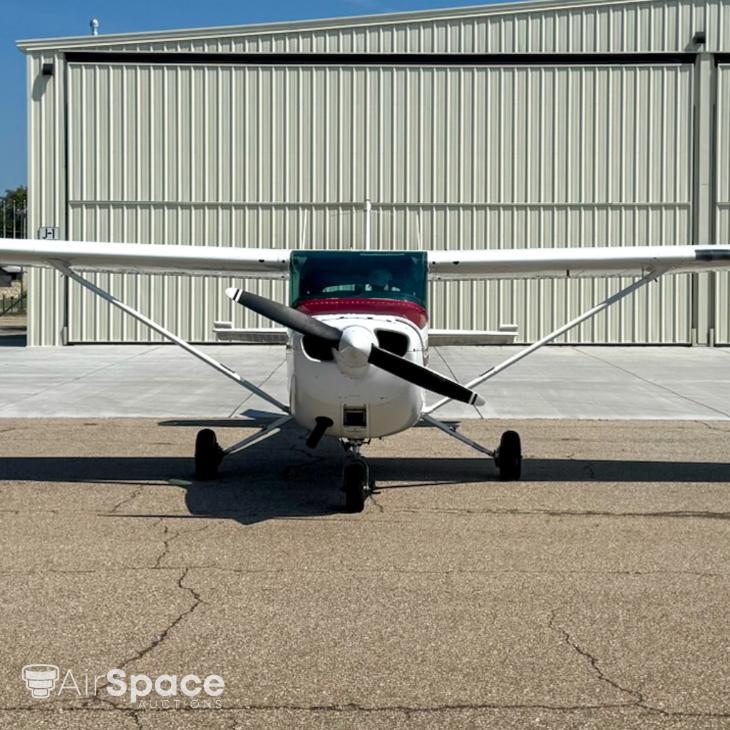
Avionics
N98492 is well-equipped with a blend of classic and modern avionics, making it IFR-capable and certified as of May 21, 2024.
- Garmin GNS 530W with ADS-B In (traffic map capability)
- Garmin GI 106A VOR/ILS
- Garmin GTX 345 Transponder
- Garmin Aera 500 GPS
- BendixKing KI-209 VOR/LOC
- BendixKing KMA 24 Audio Panel
- BendixKing KX 155A NAV/COMM
- Cessna ARC R-546E ADF
- Standard six-pack flight instruments (Directional Gyro, Turn Coordinator, Airspeed Indicator, Attitude Indicator, Altimeter, Heading Indicator, Clock)
- Datcon Hobbs meter
- Electronics International RPM Gauge / New Digital Tachometer
This avionics suite ensures the aircraft is not only functional for VFR flying but also a capable IFR trainer.
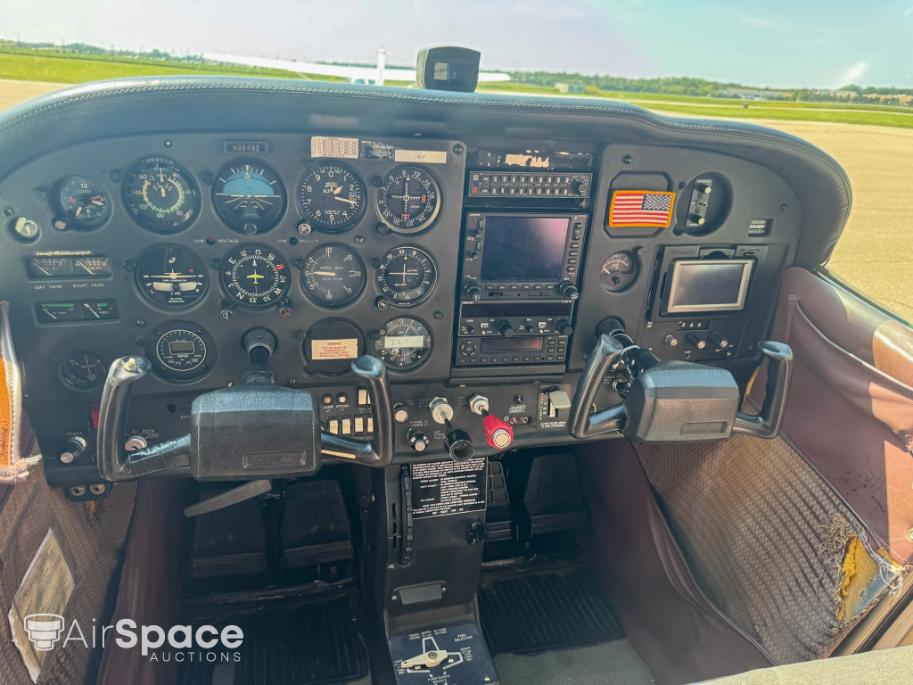
Exterior
The aircraft is finished in a white base with maroon and gray accents. Additional markings include Flex and Flexair in black vinyl on the tail, under the wings, and on the doors. While the airframe shows the wear expected of a high-time aircraft, there is no known corrosion, making it a solid platform for continued use.
Interior
Inside, the cabin is finished with brown and tan side panels and brown vinyl seats. While the co-pilot seat cushion shows some sag, the four-seat arrangement remains comfortable for training or cross-country travel.
Additional Features
- Incident History: On May 7, 2012, the aircraft struck power lines, sustaining minor damage that was repaired.
- Logbooks: Complete, with no known gaps.
- Squawks: Garmin 530 MSG soft key inoperable, ADF inoperative, OBS 1 inoperative.
- Condition: Despite over 21,000 hours, this aircraft remains airworthy, with a fresh annual and no major flaws aside from cosmetic wear.
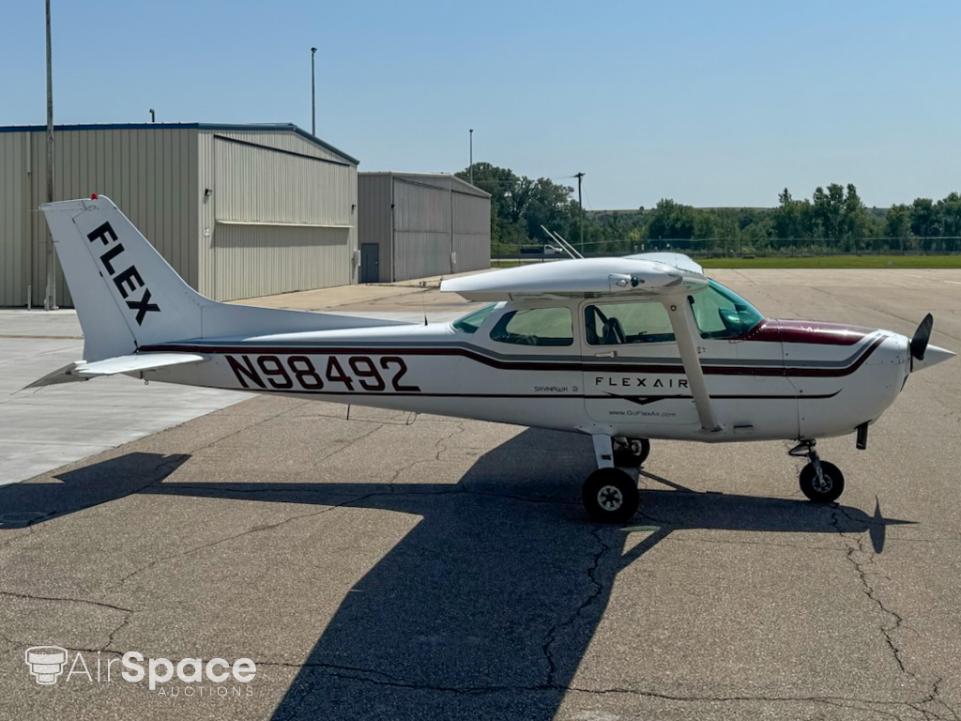
Auction Information
- Auction Dates: October 15–22, 2025
- Starting Bid: $50,000
- Buyer Premium: 5%
- Deposit Required: $3,000
- Location: KMHK (Manhattan Regional Airport, Kansas)
- Contact Person: Matt Hutton
With its modern digital tachometer, Garmin-equipped panel, and proven Lycoming engine, this 1985 Cessna 172P is expected to draw interest from flight schools, time-builders, and private owners alike.
Conclusion
The 1985 Cessna 172P N98492 represents the perfect balance of history and modernization. With a new digital tachometer, reliable Lycoming powerplant, Garmin avionics, and a strong airframe, it offers both practicality and performance at an affordable entry point. While it has accumulated over 21,000 hours, its consistent maintenance and upgrades ensure it remains a capable and trustworthy aircraft.
For flight schools, it offers the chance to add a proven trainer with IFR capabilities. For private pilots, it provides an affordable, reliable platform for cross-country flying. And with a starting bid of just $50,000, the upcoming auction is a rare opportunity to own a piece of aviation history that is still ready to serve.
The Cessna 172 has long been the standard against which other aircraft are measured. This 1985 Cessna 172P continues that tradition—delivering reliability, versatility, and value, now enhanced by the precision of a new digital tachometer.
Specifications and/or descriptions are provided as introductory information only and do not constitute representations or warranties. Verification of specifications remains the sole responsibility of the purchaser.

